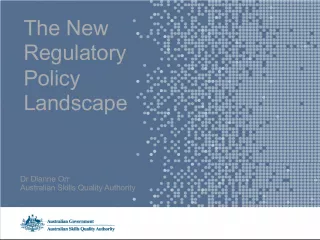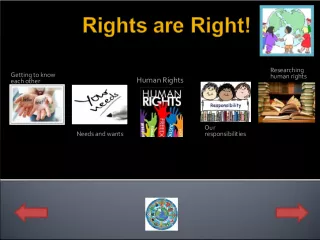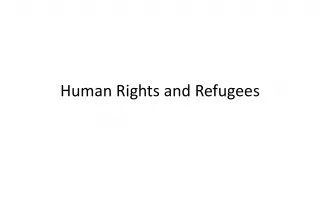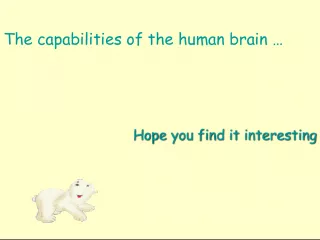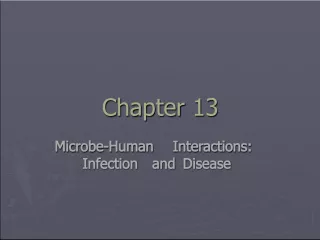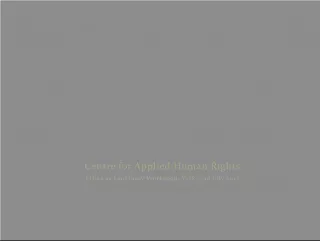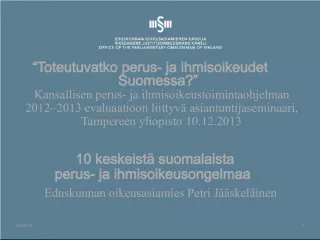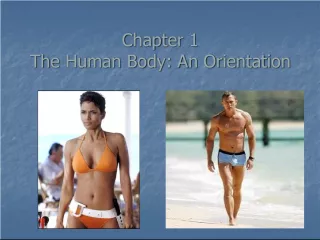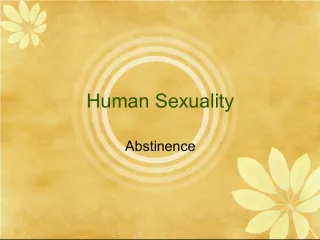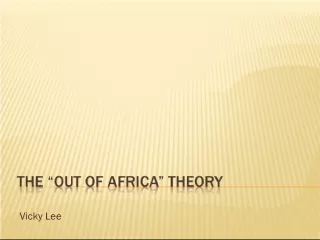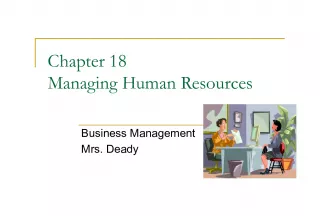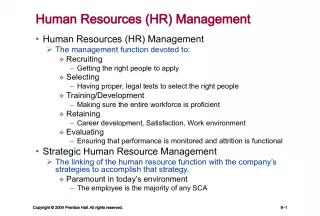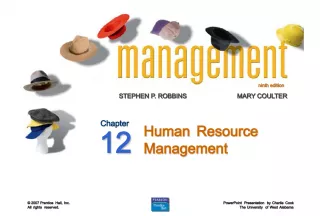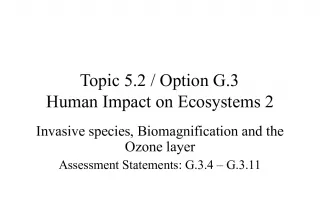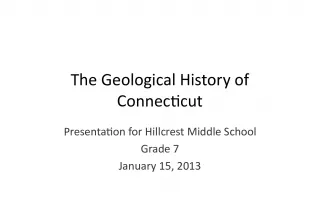The Human Landscape: Who We Are
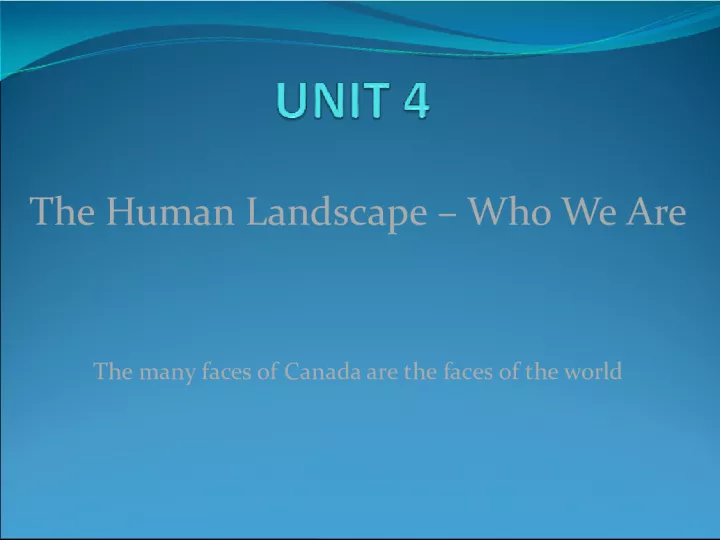

Canada's population is as diverse as its landscape. With over 200 different ethnic origins, the people of Canada represent a rich cultural melting pot, with a large variety of different kinds of things
- Uploaded on | 6 Views
-
 tessa
tessa
About The Human Landscape: Who We Are
PowerPoint presentation about 'The Human Landscape: Who We Are'. This presentation describes the topic on Canada's population is as diverse as its landscape. With over 200 different ethnic origins, the people of Canada represent a rich cultural melting pot, with a large variety of different kinds of things. The key topics included in this slideshow are . Download this presentation absolutely free.
Presentation Transcript
Slide1The Human Landscape – Who We AreThe many faces of Canada are the faces of the world
Slide2Introduction Canada’s population is as diverse as its landscape Canada has a large diversity of people A large variety of different kinds of things The many faces of Canada are the faces of the world WHAT DOES THIS MEAN??
Slide3Introduction People of Canada represent over 200 different ethnic origins Cultural connections with almost every country in the world Toronto is a great example Over 169 countries represented Over 100 languages spoken every day
Slide4•Population -> the measure of the number of people who live in a specific place at a specific time • Canada’s current population is approximately 35 million • Population references a specific time • Population is constantly changing • Let’s keep track of Canada’s population Here
Slide5Population Density Remember… Population Density is a measure of how many people live in a certain area This could be considered a measure of “ crowdedness ” Population density is calculated by the following formula: Population Density = Population Land area Measured in km squared or miles squared If an area has a high population density, it is called densely populated If an area has a low population density, it is called sparsely populated
Slide6Population Lets get to work on page 161 #1, 2, 3, 4, 5, 7
Slide7•Demography -> the study of the characteristics, trends, and issues of a particular population • Who does this research in Canada • Statistics Canada • Also responsible for completing the census • Happens every five years (last was 2011) • This research allows us to see what we need for the future and answer important questions: • Do we need to build more schools and hospitals? • Is there enough farming to feed population? • Is there enough money to give Canadians what they need?
Slide8Population Change Main question of demography is: Is the population growing or shrinking? Four main factors that affect population change Birth Rate Death Rate Immigration Emigration
Slide9Birth Rate and Death Rate Birth Rate ->the number of children born in an area for every 1000 people in that area Canada’s Birth Rate -> 11.3 children for every 1000 Canadians Similar to many other industrialized countries USA, Australia, UK Death Rate -> the number of people who die in area for every 1000 people in that area Canada’s Death Rate -> 7.3 deaths for every 1000 Canadians What does this say about Canada’s population???
Slide10Natural Increase Rate Natural Increase Rate -> Birth Rate – Death Rate What is Canada’s Natural Increase Rate??? Natural Increase Rate is an indicator of how developed a country is Generally, Developed Countries – Lower natural increase rate Developing Countries – Higher natural increase rate
Slide11Natural Increase Rate Tells us how fast a country is growing Higher NIR = Fast growing population Lower NIR = Slow growing population What if it is negative? Negative NIR = Population decreasing Could cause many problems if this continues for a long time What problems could arise from a shrinking population??? Natural Increase Rate doesn’t tell the whole picture though because there are TWO more factors!!
Slide12Immigration and Emigration Immigration -> the process of moving to Canada from another country Emigration -> the process of leaving Canada to live in another country Of the four factors... Which make population increase??? Which make population decrease???
Slide13Canada’s Population Trend Canada’s Population increased by 5.9% between 2006 and 2011 Mostly due to immigration All provinces and territories increased in this time Newfoundland and Labrador only increased by 1.8%
Slide14Why do people move??Two categories or reasons for movement: 1. Push factors People who want to get away from their place of origin. Examples: No jobs, lack of services, climate 2. Pull factors People want to go to a particular place. Examples: Closer to family, job opportunities
Slide15Population Pyramids
Slide16Population Pyramids
Slide17Population Pyramid Basics Children at the bottom and Elderly at the top Wide base means a high birth rate No pyramids have wide tops Why is this?? The more pyramid shaped the graph is, the more population growth experienced
Slide18Population Pyramids Based on Canada’s population pyramid There is a large population of senior citizens when compared to Mexico This suggests that Canada has an “aging population” Read article on Canada’s aging population Read “More Immigrants” on page 172
Slide19Classifying population pyramids 1. Expansive or Expanding Have a triangular or pyramid shape . The wide base indicates a high birth rate and the narrow top indicates a high death rate. 2. Stationary or Stable Have a ½ eclipse shape. The base is similar in width to the population of the reproductive ages which indicates a stable population . 3. Contractive or Contracting Have a narrower base than the reproductive age population. This indicates a decreasing population .
